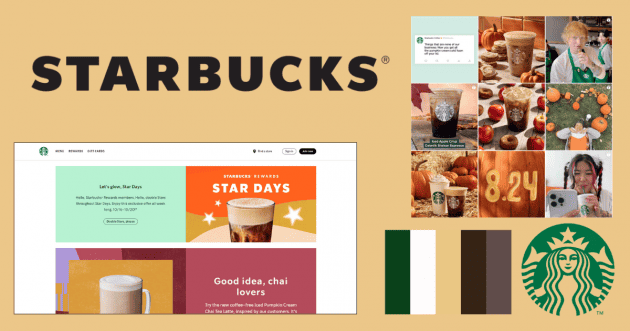Identity Crisis? How to Build Your Brand Identity
In today’s fiercely competitive business landscape, a strong brand identity is a necessity. It sets you apart from competitors, makes you recognizable and gains your customers’ trust.
Whether you’re a budding entrepreneur, a small business owner or someone breaking into the marketing field, here are some tips on how to develop and craft your brand’s identity.
Brand vs. Brand Identity
You might occasionally hear the terms “brand/branding” and “brand identity” used synonymously. There is, however, a distinct difference between the two.
Brand—or branding—refers to the conceptual elements of a company/organization. Branding is the overarching strategy and purpose, which includes perception, voice, personality, mission and reputation. If your company or organization has been around for a while, you likely already have a brand.
Brand Identity, on the other hand, includes tangible elements, such as packaging, logo, design and color palettes. When it comes to curating a brand identity, it is helpful to already have had those foundational branding conversations.
While brand identity is important, you must first establish the fundamental values of the brand before considering appearance.
Constructing Brand Identity
Once you’ve established your brand, you’re ready to construct a brand identity. Here are five steps you should take first.
1. Visual Identity
Develop a logo and brand identity that captures your brand’s unique essence. This includes choosing colors that evoke the desired emotions, selecting typography that aligns with your brand personality and creating a memorable logo that is versatile and scalable.
Here are some questions to ask yourself:
- How do you want people to feel when they see your brand? What colors and visuals might evoke this?
- Do you want something clean and elegant, funky and youthful, or something else altogether?
Here are a few examples of strong brand identity:
Coca-Cola
Coca-Cola’s brand identity is crisp and refreshing—just how it wants customers to perceive its products. Bold colors with high contrast match the visual quality to their bold and bubbly flavors. Its colors and font are well-recognized from decades of marketing.
Starbucks
Starbucks’s brand identity is cozy. The color palette is warm and inviting. It evokes the feeling of curling up with a blanket and holding a warm cup of coffee. Its social media uses current and seasonal images, with slightly different identities for different times of year. This is seen through their fall menu highlights, which include hints of orange and pumpkin imagery.
Airbnb
Airbnb’s brand identity closely follows its product model. It focuses on highlighting user-generated products, letting the houses sell themselves. Its social media and website highlight some of its more visually aesthetic listings. Its identity is hip, fun and adventurous. This is shown through the vibrant pops of color.
Glossier
Glossier’s brand identity is youthful, glowing, fresh and clean. Its color palette revolves around traditionally “girly” colors, with a variety of shades of pink. Its social media closely follows this color palette, even without using graphics. Its brand photos are artsy and well-thought-out. The brand visually represents its customers’ desire for clean, simple and fresh beauty products.
2. Design Collateral
Next, create collateral that reflects your brand identity, possibly including business cards, letterhead, brochures and packaging. Make sure your design is consistent across materials. This helps reinforce the branding.
3. Content Creation
Develop a content strategy that includes blog posts, videos, photos, graphic design and other content that aligns with your brand’s messaging and provides value to your audience. Consistency in content style and tone is key to reinforcing your brand identity.
Consider these questions:
- What platforms does your audience use?
- What platforms do you have the capacity to manage?
- What is your social strategy?
4. Promotion
Once you’ve settled on your strategy, messaging and visual aspects, consider how you will promote the brand. Utilize various channels such as social media, email marketing, blogs and more. This will create awareness and generate interest in your brand. Make sure your promotion strategies stay authentic to your mission and values.
Consider these questions:
- How will you bring value to your promotion through these platforms?
- How can you stand out from others?
5. Brand Management
Consistently manage and monitor your brand identity to ensure that it remains relevant and aligned with your brand’s evolving goals and values. This involves maintaining brand guidelines, updating materials, and staying current with industry trends.
Here are some questions to ask yourself:
- How do you want to engage with customers?
- How will your values be displayed through your brand management?
The branding process is an ongoing endeavor that requires dedication and a commitment to maintaining a strong and consistent brand identity. When executed effectively, it can create a lasting impression in the minds of your audience, build trust and contribute to the long-term success of your business or organization.
Let Us Help You Build Your Brand Identity
Establishing a brand identity can be very difficult—especially if you’re just starting out.
If you need help crafting and kickstarting your brand identity, our team can help. Fiore Communications offers comprehensive marketing services, including affordable plans specifically for start-ups and new businesses.
Contact us to learn more.









